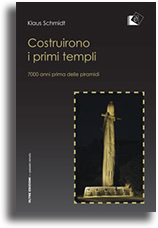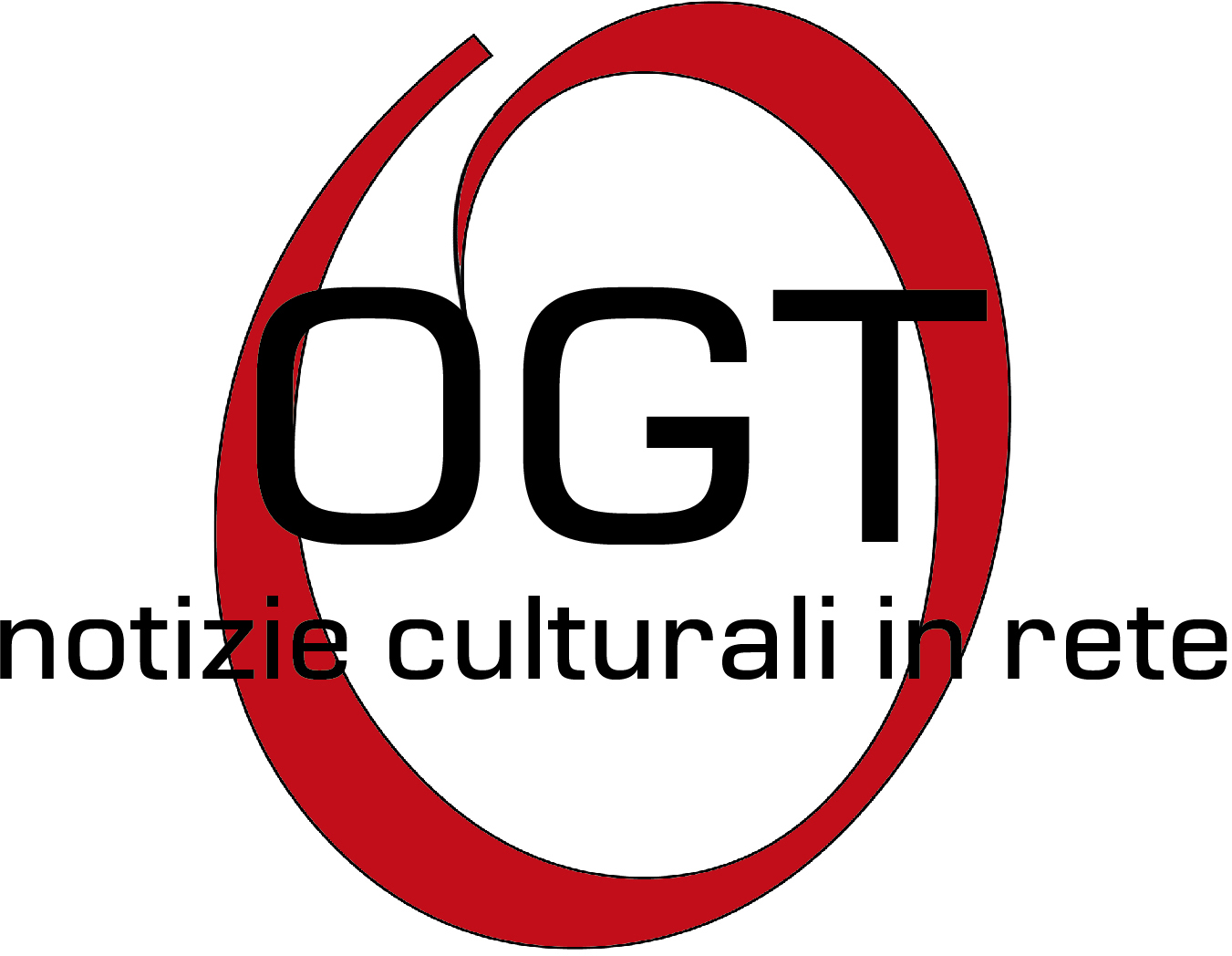academia.edu di domenica 12 gennaio 2020
Symbolism and Sacrifice
di Pierpaolo Antonello
Çatalhöyük, dating from 6,4000 to 6,200 BCE, presents evidence of one of the earliest human settlements: its construction, its social organi-zation, its symbolic, artistic, and ritual life. A lesser known, but muchearlier and potentially even more signifcant link in the evidential chain of the story of “how we became human” is provided by another archaeologicalsite, situated some 450 miles east-southeast of Çatalhöyük. Tis site, gener-ally recognized to be a temple complex, has been discovered at Göbekli Tepe(literal translation: “Potbelly Hill”) in southeastern Turkey, near the pres-ent-day frontier with Syria. It lies about fifteen kilometers northeast of the present-day city of Şanlıurfa, at the highest point of an extended mountainrange that can be seen from many kilometers away. To this day, it is a land-mark visible from afar. Looking toward the Middle East’s fertile crescent, itmay be said to be sited at a nodal point of the great migration “out of Africa.”Crucially, it has been authoritatively dated to the astonishingly early period of 6,600–8,200 BCE, corresponding to the Epipaleolithic, or Pre-Pot-tery Neolithic A (PPNA). It dates, that is, from some three millennia before Çatalhöyük. According to the late director of excavations, Klaus Schmidt of the German Archaeological Institute (DAI), is that the still unexploreddeeper layers of this nine-hectare site will show that “the place has a history
leggi l'articolo integrale su academia.edu
| SCHEDA LIBRO | Segnala | Ufficio Stampa |






